As one of the pre-eminent airgun preys, the need to place the rodent in first place was indisputable.
This week, as promised, we will look into the anatomy of the pigeon.
Yes, the common, bell-fry pigeon (Columba Livia & C L Domestica), ubiquitous in almost any place that has high structures, constructions, or buildings. Especially if those high constructions and buildings have hollow spots, and there is food available nearby.
To say that pigeons are a pest in some environments is an understatement.
Cities that for centuries had regarded the pigeons in their plazas as tourist attractions have now declared them "persona non grata" (undesireable persons), and those cities have imposed fines, heavy fines, to those that feed them.
Farms, silos, grain storage and transfer facilities do battle with them.
Churches and barns; houses with high lookout points; under highway bridges; even some electrical utility lines crossings where there are several posts/towers and some transformers provide a place for these critters to nest.
Some shooters called them "winged rats". And, depending on the location, they can even be quite toxic just to handle. City pigeons are usually saddled with genetic malformations, diseases, parasites and a host of other nasty riders. So, HANDLE WITH CARE!
Country pigeons are normally much healthier and some of them are even edible. ANALYZE them and make sure you are taking all necessary precautions. IF you decide to cook them, cook them well. Nothing "rare" about game meats in general, but in the pigeon's case the warning is even more important.
And yes, we will be taking about hunting, if you are bothered by the activity, STOP READING!
Pigeons evolved from ancient cliff-dwelling birds. They have become dependent on the human race for most of their sustenance and population growth.
They are STRONG birds, their breast meat is RED, dark red, showing that the muscles are used and used heavily.
The feathers are hard and strong, they provide the bird with the necessary stability, manoeuvering capability in the air and loft, and they shield the bird from pretty low temperatures in winter. There are TWO layers of feathers: the ones we see which are the ones the bird uses to fly; and the under coat, that is soft and insulating.
Usually, shooters think that the best place to hit a bird when it's facing dead front to the shooter is the lower chest. Hmmmm . . .. Not so much. The birds have an organ, called the "Crop" that is filled with food. usually grains and associated sand.
The crop is, then, like a sand bag.. ¿Have you tried shooting through a sand-bag?
Well, now you see why it is not such a good idea, unless you shoot a high power rig.
From the bottom/rear, birds have a "gizzard", since birds have no teeth, they use small stones and grains of sand to grind the grains they eat. The gizzard is very muscular and the sand/stones it contains makes it even more of a sand-bag than the crop.
From the sides, the birds have a TRIPLE layer of very hard feathers because the wings get folded in two and then you have the outer layer of the body. That makes three layers of tough feathers to shoot through.
The head / neck area is always there but, ¿how much of that area is animal and how much is hollow feather fill?
OK; let's look at some anatomical diagrams and let's try to come up with conclusions:
Now look at a complete pigeon in the same position:
Aiming higher only places the pellet right at the wing folds. So not only does the pellet has to traverse three layers of feathers, but also bone and bone joints.
Lastly, we do need to consider that a shot to the lungs area (#3 in the internal diagram) while useful and final, will allow the birds to take off and fly for between 25 and 100 yards. Which can make the dead bird land where it is irretrievable or bothersome.
The broadside head/brain shot is a hard shot because the brain and the medula oblongata lie really at the REAR of the eye, and the target is, frankly, very small. A shot to the eye usually has the effect that the bone fragments created by the pellet impact will cut all nervous system activity, so while in reality we are not shooting directly at the brain, we are relying on the effect of the impact to destroy the main organ.
With a VERY stable position and a VERY accurate rig, the rear brain pan shot is a good shot, but things seldom come presented in the ideal way.
There is a shot that is sometimes misunderstood: the shot from the back, either on the level or from slightly above..
Sometimes, though not often, we can shoot at pigeons on the level or even from above. Usually when we have established an elevated blind of some sort. In this case the heart becomes an open target.
We cannot stop from marveling at how nature disposed things, through evolution, to be in such a way as to protect the heart and lungs from most attacks at ground level, or from below, but there is little protection from above. And we cannot stop from marveling at how hawks and other birds of prey have realized this and aim their talons at exactly the spot we will describe:
Think of an imaginary line that cuts the pigeon in two horizontally, and then another line that bisects the pigeon vertically. Where these lines cross when the pigeon is viewed from the rear or, even better, a little above, the pellet can find the lungs and the heart with ease. Look at the frontal/dorsal diagram:
I know there are quite a few very successful hunters out there that routinely use 0.20" to 0.30" cal airguns to hunt pigeons, at energies of between 20 and 50 ft-lbs; I've done it myself with D54's, Talons, and Steyrs. And this is all good and is well. BUT by going ONLY to those power levels sometimes we are missing on the "indoor" Pigeon hunts, where large amounts of pigeons in a stable, barn, warehouse, or any other large building, becomes completely off-limits to them because no owner, and no facility manager, would like to see his building's roof poked with pellet holes.
In these cases, my favourite tool is a 0.25" cal rebarrelled Crosman 2200 that is quite accurate with H&N Pointed Pellets with 7 to 10 pumps:
Also, the challenge of shooting almost straight up into the roof girders is something that also needs some learning.
And finally, most pigeon shooters do enjoy a little bit of bragging and cooking, we each have our own "secret rub" for game meats, and I am no exception, but mine is, truly, secret. So don't ask! LOL!
Enjoy!
ALWAYS make sure you know where the pellet will end.
Be a SAFE hunter
Good shooting!
HM
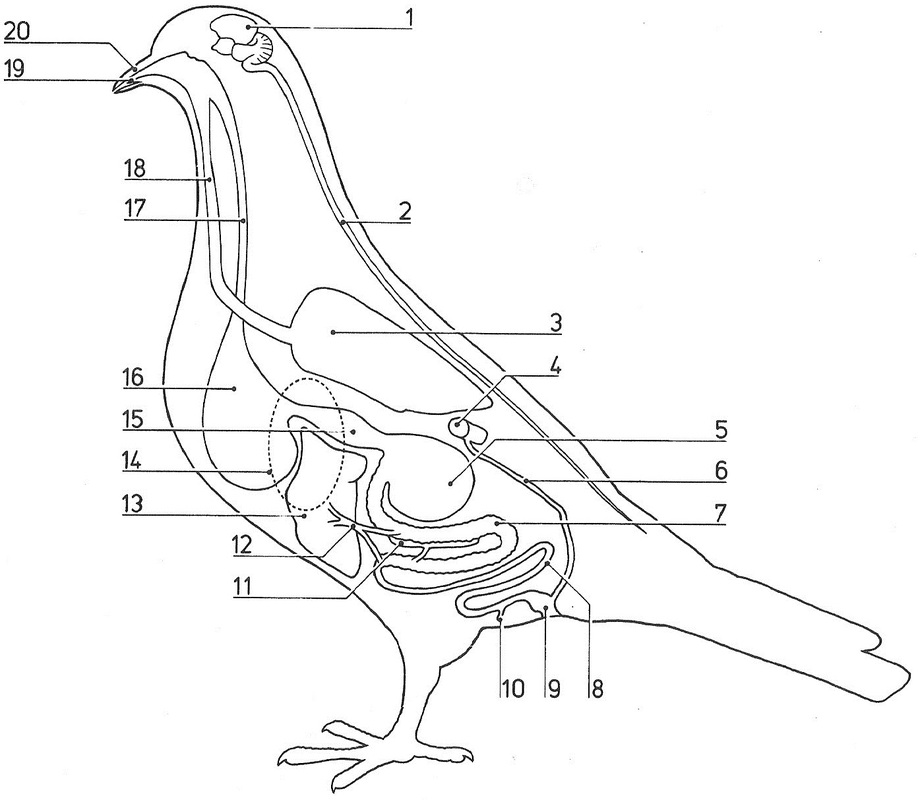
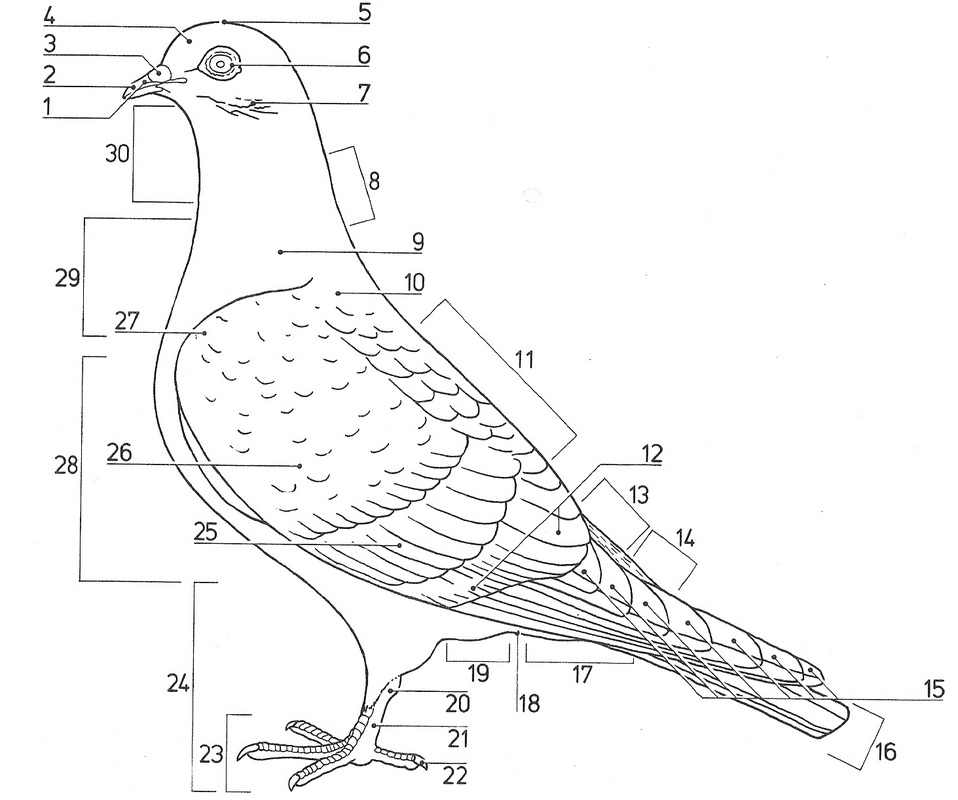
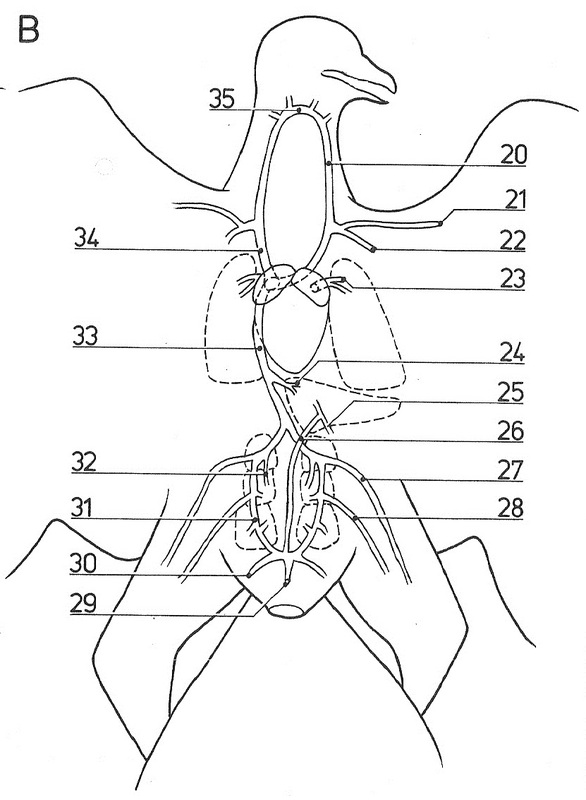

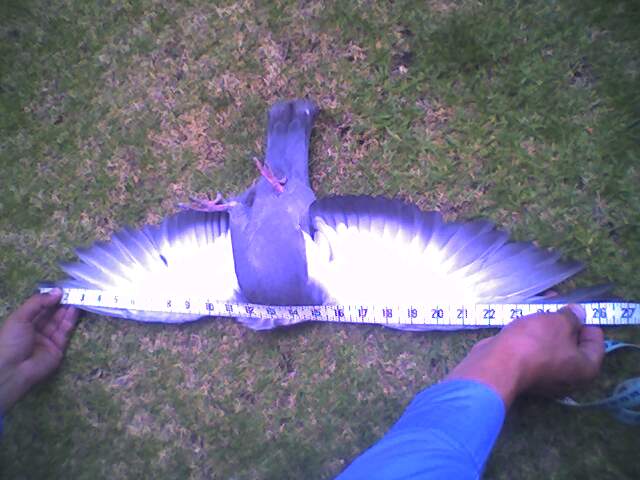
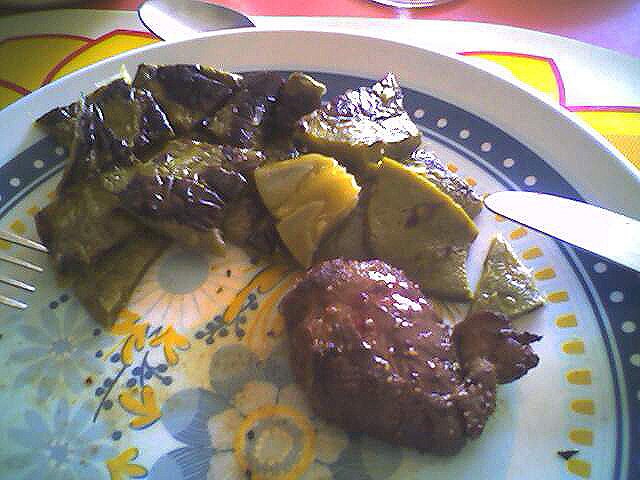
 RSS Feed
RSS Feed